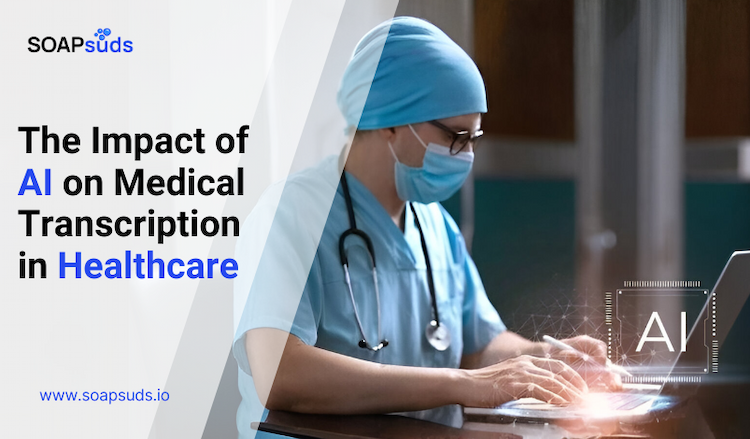Multilingual AI Scribes Breaking Barriers in Healthcare
SOAPsuds team
Published: 2/4/2025
SOAPsuds team
Published: 2/4/2025

Today, we’re taking a closer look at Electronic Health Records (EHR) and how making adjustments...

New technologies suggest that speech recognition might be the future of medical documentation...

In the medical field, accurate documentation is crucial for patient care and legal purposes. Two...

In today’s healthcare scene, automation driven by AI Medical Scribes, such as document automation...

In today's rapidly changing healthcare field, providers are always looking for better workflow solutions...

The history of medical documentation can be traced back to 1600 BC when the Egyptians...
Clinical Notes
SOAP notes
DAP notes
AI medical notes